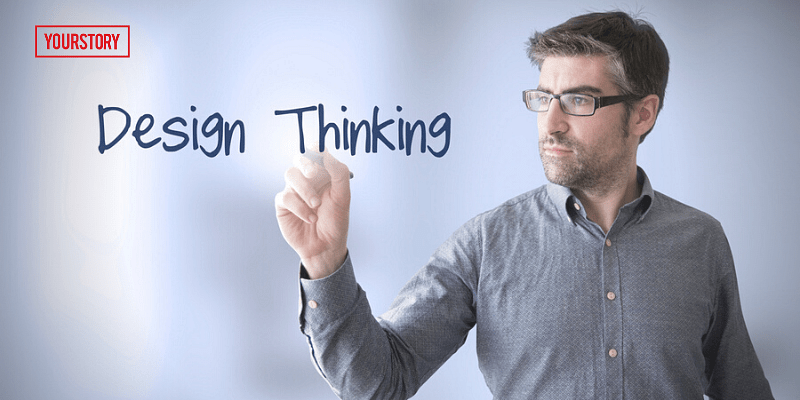As an entrepreneur, one is familiar with the design theory – a creative process where you understand the evolving needs of customers and design solutions targeted to appeal to them. Using a human-centric approach based on empathy and experimentation, companies, especially startups, often employ the principles of design thinking to come up with innovative products and services.
What makes this methodology particularly attractive to entrepreneurs is that it relies on an analysis of current behaviour and expectations; not historical data. And using that, you develop solutions for the future.
What if we told you that public relations and communications can also use design thinking? Startups are nimble at problem-solving when it is within their domain. But when it comes to the so-called non-core areas like communications, the trigger response is to post a story or download a PR template and expect it to follow the laws of physics.
But what most people do not realise is that templatised approach does not work for long-term impact – it either goes unnoticed or is just a flash in the pan with no meaningful impact.
Instead, startups can use the same techniques of design thinking to build powerful communications programmes that lead to enduring outcomes.
PR agencies focused on communications for startups can help do this effectively. While the company’s focus is on strengthening their portfolio of services, the agency helps take their messaging to the audience it is intended for.
So how does this work? Public Relations is about creating narratives that resonate with the target audience by creating the right context and then moving them to do something—think differently, feel deeply, and act promptly.
Insight-driven creativity
Stories resonate best when they are placed in the context of the lives of your target audience. To do that, you need to arrive at insights based on what are the pain points or delight factors in their lives.
Once you have that insight, you can create an idea that introduces the value proposition in the most compelling way, which will linger in memory for a longer time.
What makes design thinking particularly relevant here is that it allows for creative ideation for problem solving. There are no wrong answers and you can think as out of the box as you want to.
Solving the problem
Design thinking, as we mentioned, is about designing solutions to problems. So once you have the insight, you have to demonstrate how you are going to solve the problem. The communications strategy needs to revolve around articulating a solutions-based approach.
Which are the stakeholders facing the problem, what is the best way to reach them, and what will be the messaging they will best respond to—all this needs to be part of the strategy.
Measurable outcomes
Communications is only effective if it makes people sit up and do something. The true test of a design thinking-based communications strategy is in the outcomes. This is especially true for startups, given the limited budgets they work with. Was the target audience convinced that the problem was solved?
The measure of that is in buying the product or sharing positive reviews of an initiative or applying to work for the startup, and many other ways to measure success.
Design thinking is ultimately about gaining a deeper understanding of the target audience to solve their problems. The deeper the understanding, the better the outcome. For a startup, that is not just return on investment, it is about building and nurturing long-term relationships with their stakeholders.
(Disclaimer: The views and opinions expressed in this article are those of the author and do not necessarily reflect the views of YS.)





![Read more about the article [Funding alert] Foodtech startup Goodmylk raises $1M in seed round extension from angel investors](https://blog.digitalsevaa.com/wp-content/uploads/2021/09/Imagevam6-1630906435641-300x150.jpg)




![Read more about the article [Funding Galore] From Tata 1mg To ZippMat — $225 Mn Raised By Indian Startups This Week](https://blog.digitalsevaa.com/wp-content/uploads/2022/09/Funding-Social-1-1-300x157.png)